
AeroGenie — Uw intelligente copiloot.
Trending
Categories
Closing the loop: How to recycle aircraft batteries
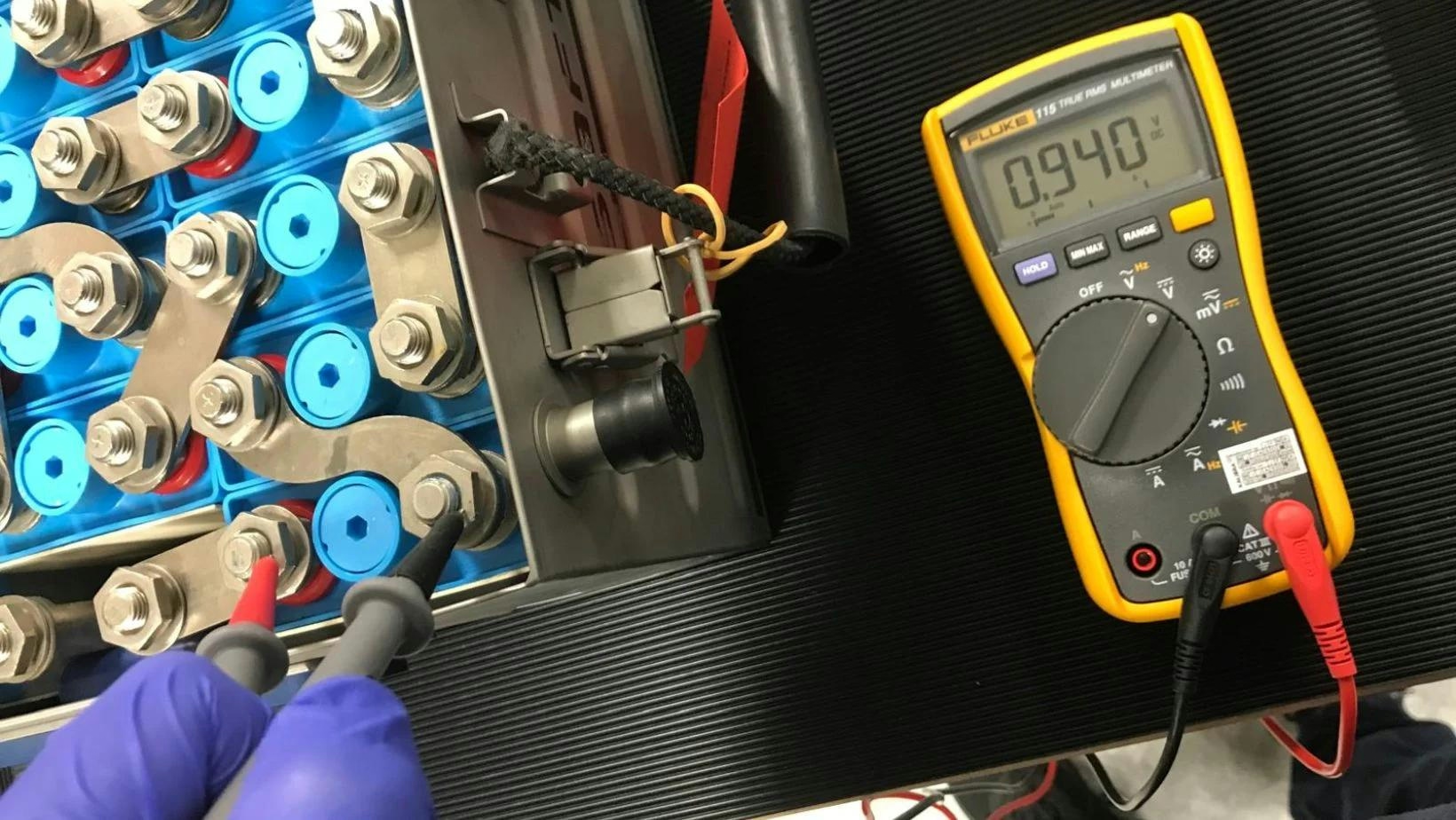
Closing the Loop: How to Recycle Aircraft Batteries
Making aviation truly sustainable is a complex, long-term endeavor that requires decades of innovation, collaboration, and investment. While sustainable aviation fuel (SAF) and the development of electric and hydrogen-powered aircraft often capture public attention, one critical aspect remains insufficiently addressed: recycling. This article, the first in a series by Aethos, explores the opportunities and challenges associated with recycling aircraft batteries, a component central to the future of aviation.
The Role and Complexity of Batteries in Aviation
Aircraft depend on a diverse range of batteries to power essential systems. The main batteries initiate the auxiliary power unit (APU), which subsequently energizes the aircraft’s systems and engines. Additional batteries provide emergency power for critical equipment and flight control instruments, while others support flight data recorders (FDR) and cockpit voice recorders (CVR), commonly known as “black boxes.”
Inspired by advancements in electric vehicles and drones, the aviation sector is actively pursuing the development of batteries capable of powering entire aircraft. Although electric flight currently remains limited to small, short-haul planes, rapid technological progress suggests that broader adoption is imminent.
The diversity and customization of aircraft batteries, designed for safety, reliability, and optimal energy-to-weight ratios, present significant challenges for recycling. No two batteries are identical; their cells, modules, and packs vary widely in materials and chemistries, each necessitating specific recycling approaches. The complexity is further compounded by the variety of components involved, including casings made from stainless steel, titanium, or plastic; connectors composed of copper, nickel-plated copper, or aluminum; as well as electrolytes and cathode materials such as lithium, nickel, cobalt, manganese, iron phosphate, and lead.
Challenges and Advances in Recycling Methods
Safe disposal and recycling of aircraft batteries require specialized facilities, typically Part 145-certified maintenance, repair, and overhaul (MRO) shops. Regulatory frameworks in the United States, China, and the European Union increasingly mandate that battery manufacturers assume responsibility for the collection and sustainable processing of used batteries, with stringent reporting requirements on recycling outcomes.
Two primary recycling methods dominate the industry. Pyrometallurgical processing employs high temperatures to recover metals from various battery types—including lead-acid, nickel-cadmium, nickel metal-hydride, and lithium-ion—without the need for pre-treatment. While this method is versatile, it is energy-intensive, yields limited product recovery, and often necessitates additional refining. Hydrometallurgical processing, better suited for newer battery chemistries such as nickel-metal hydride and lithium-ion, uses chemical solutions to extract valuable materials. This approach offers higher recovery rates and lower energy consumption.
Despite these technological options, the heterogeneity of battery types, the high costs associated with specialized recycling infrastructure, and the imperative for strict regulatory compliance continue to pose significant obstacles. These challenges have spurred increased investment in recycling technologies and infrastructure, driven by both environmental imperatives and tightening regulatory frameworks.
Market Dynamics and Policy Initiatives
The market is responding with notable advancements in recycling technologies, alongside strategic partnerships and collaborations aimed at improving process efficiency. Industry players are competing to enhance their recycling capabilities, recognizing the dual pressures of environmental responsibility and regulatory compliance.
Policy developments further underscore the growing global focus on sustainable battery management. For example, India anticipates investments totaling $3.5 billion in battery recycling by 2030, reflecting a broader international commitment to sustainable battery manufacturing and end-of-life management.
As the aviation industry accelerates its transition toward electrification and sustainability, establishing effective battery recycling systems will be crucial—not only for environmental stewardship but also for ensuring the sector’s long-term viability.
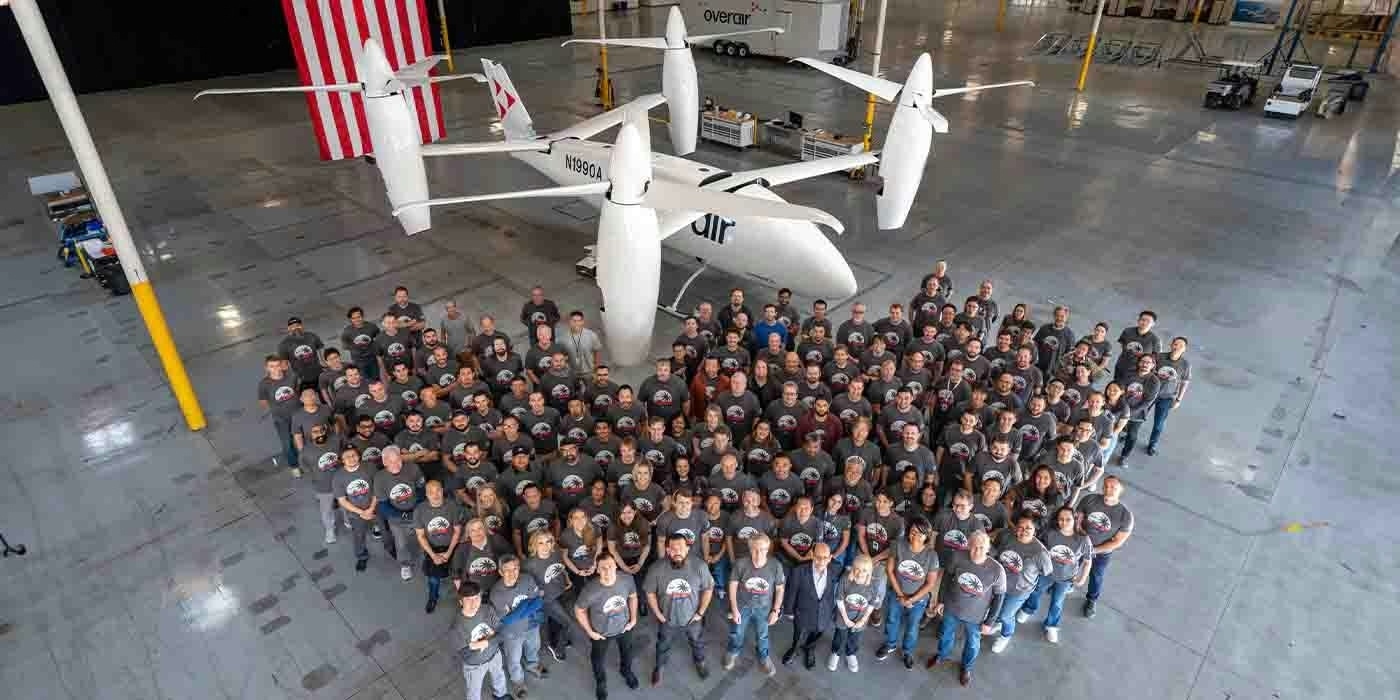
Unique mixed-propulsion eVTOL completes transition flight testing
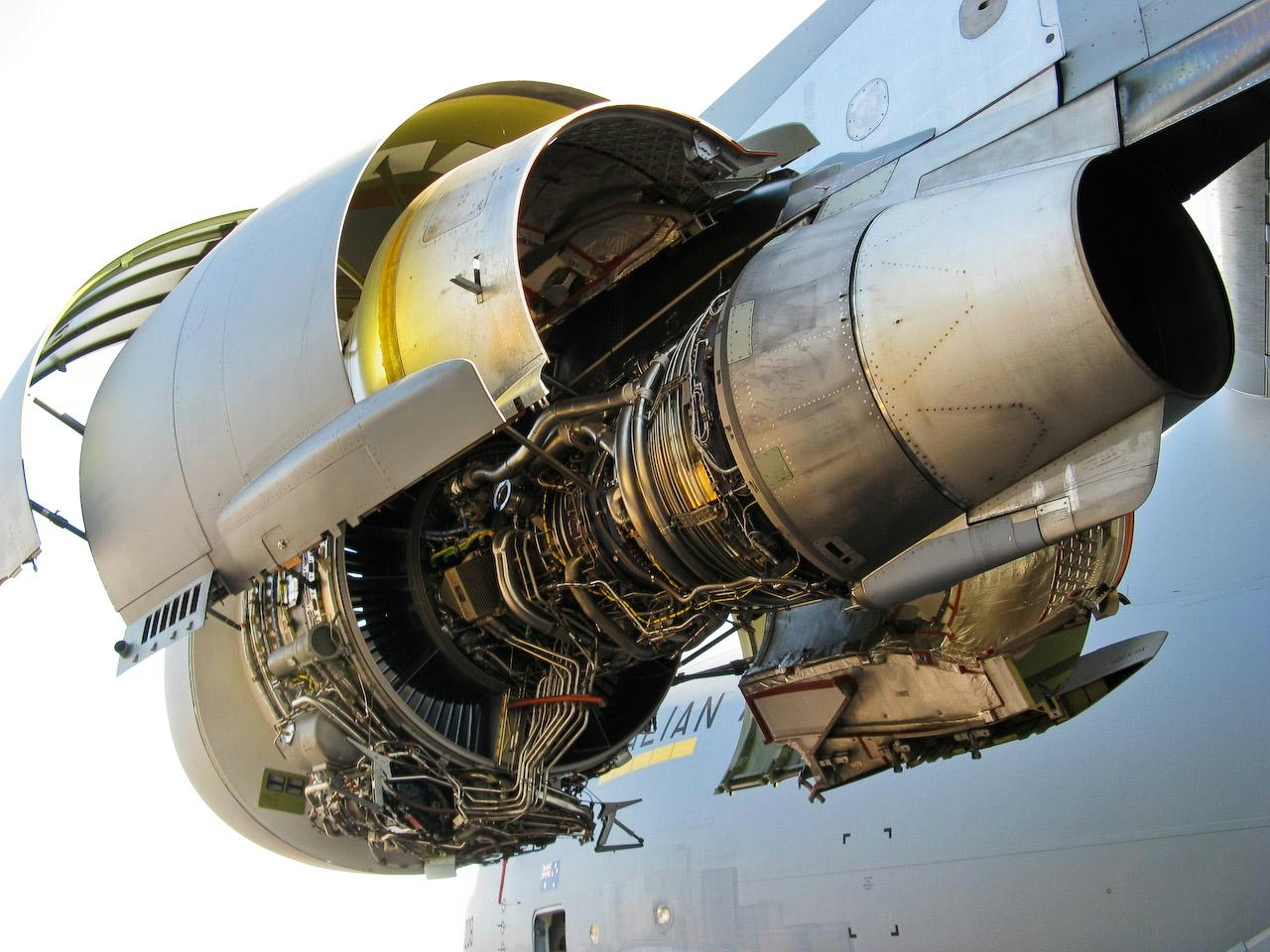
Are C-17 Globemaster Engines Derived from Boeing 757?
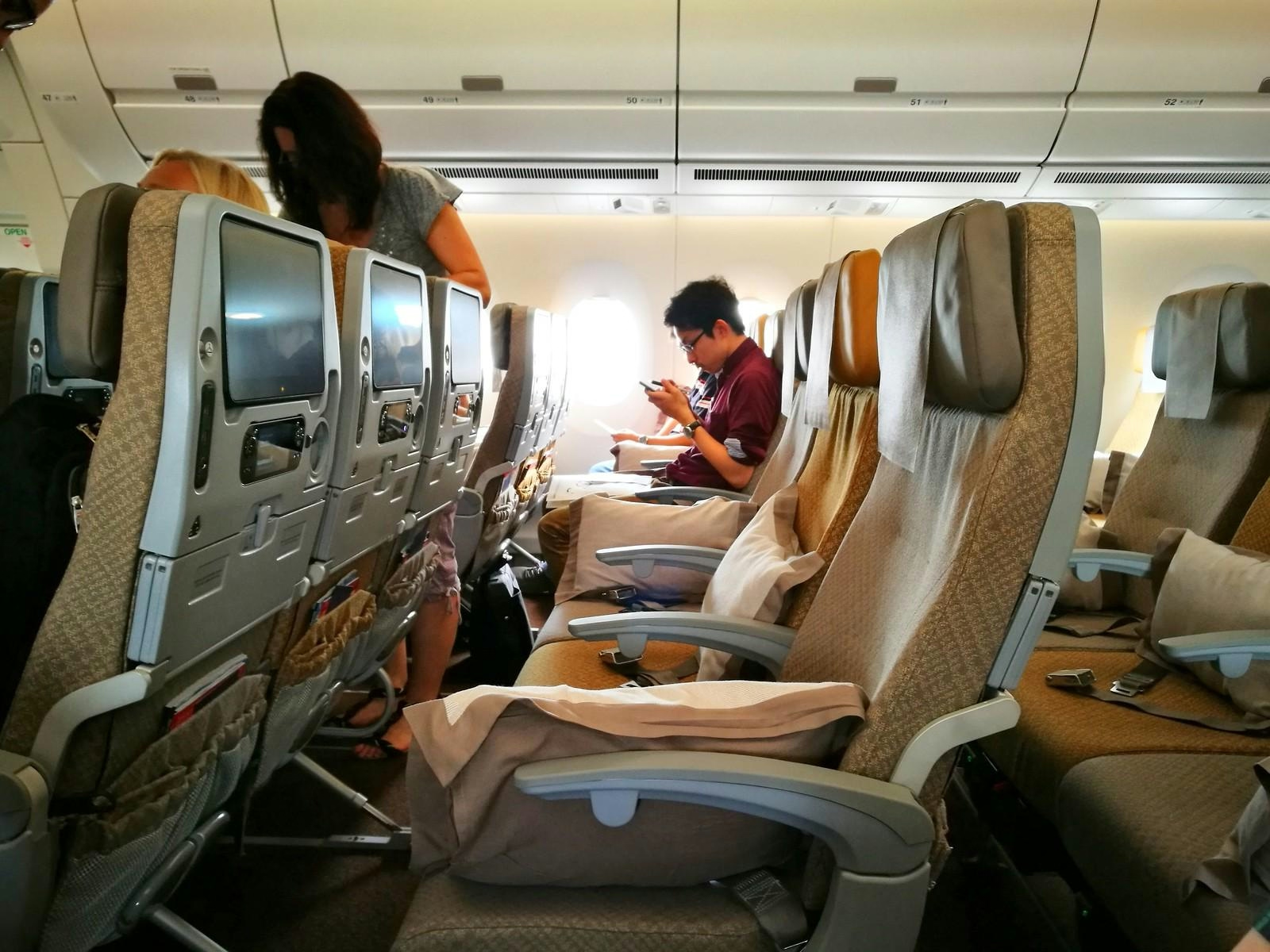
Why the Airbus A350’s Cabin Is Quieter Than Other Aircraft
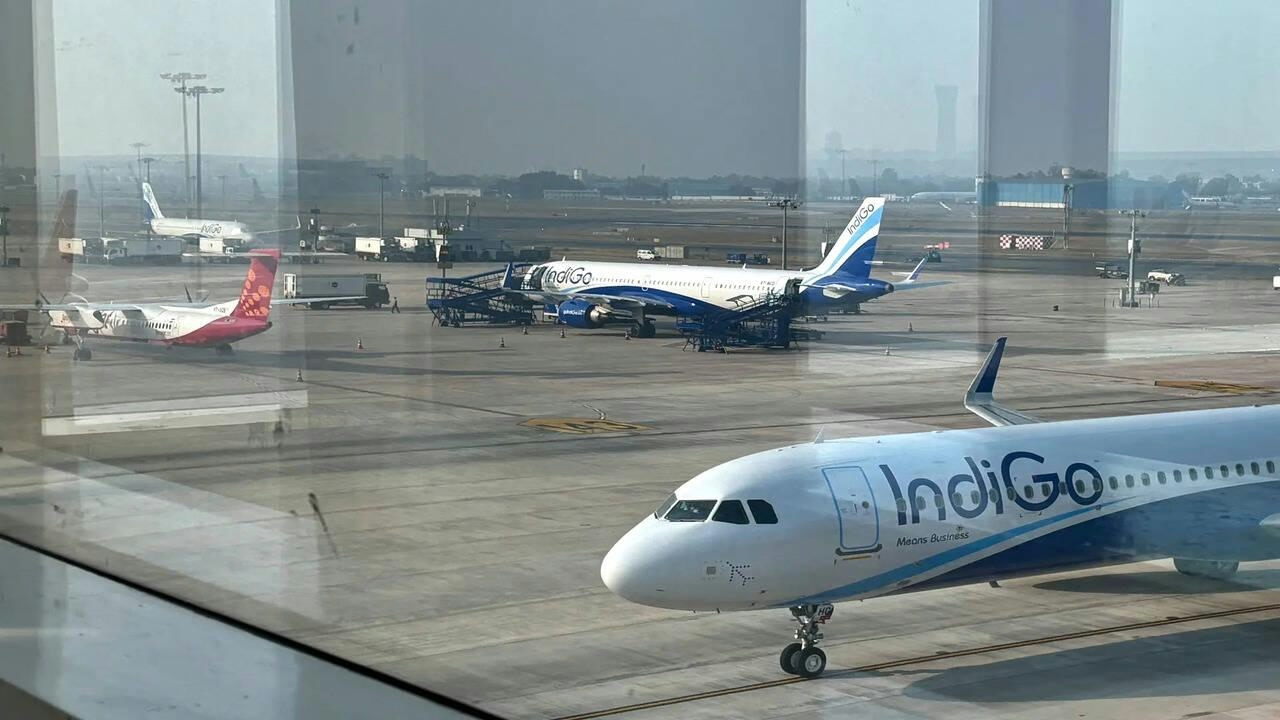
AI and AI Express Plan to Increase Capacity Amid IndiGo Flight Disruptions
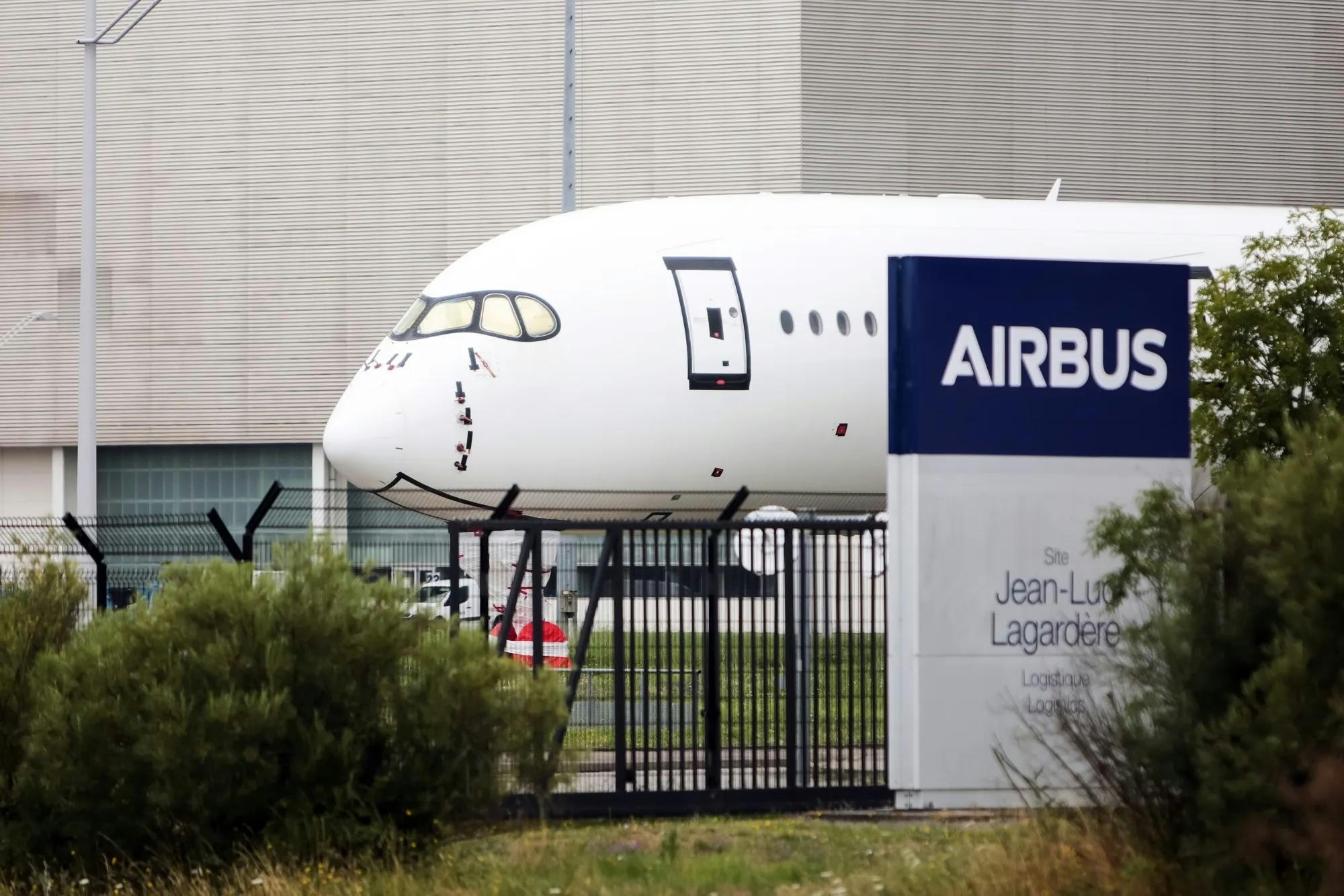
Kazakhstan and France Agree on Airbus Aircraft Deliveries
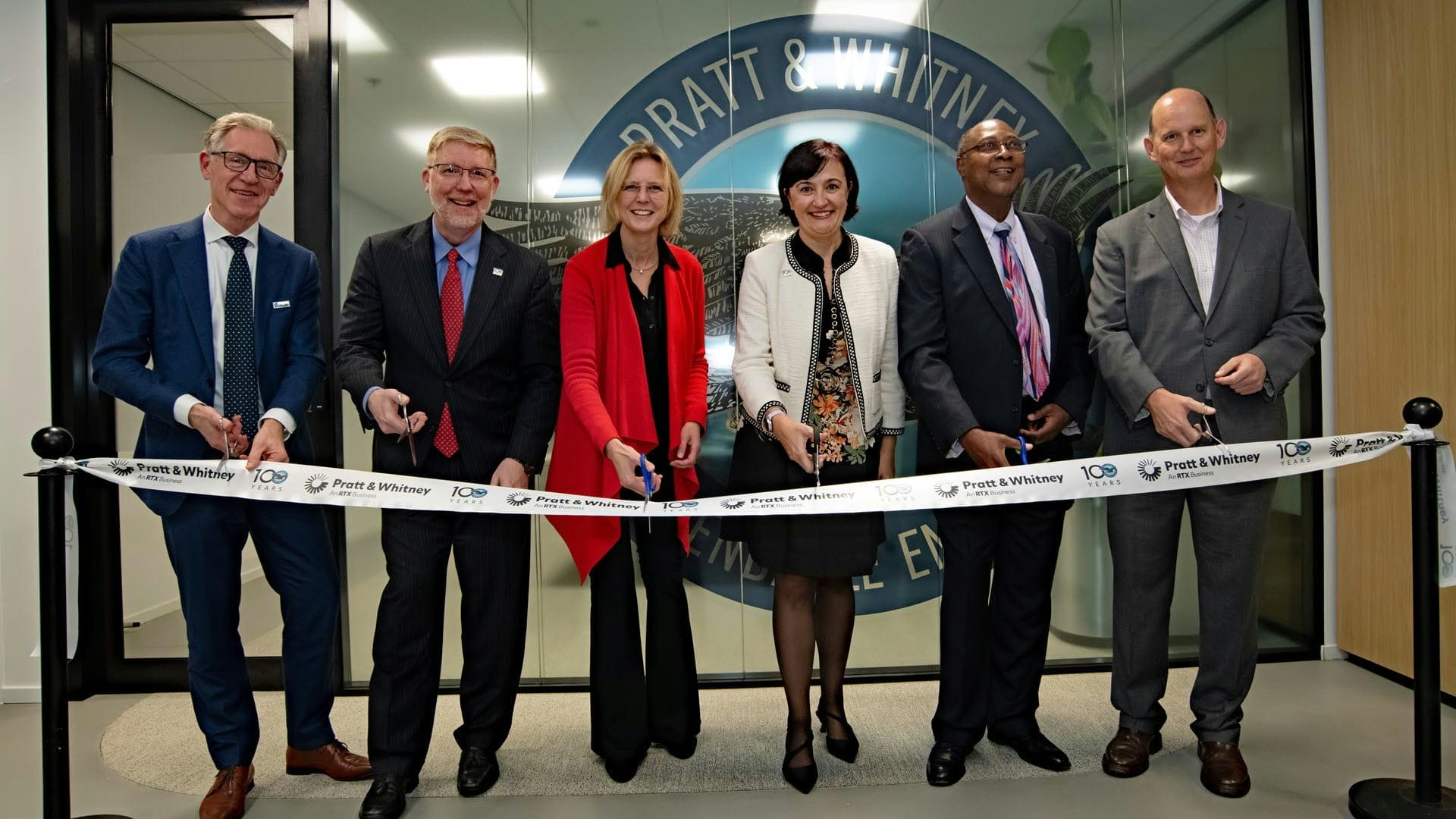
Europe’s Emerging Talent Drives Aviation Innovation
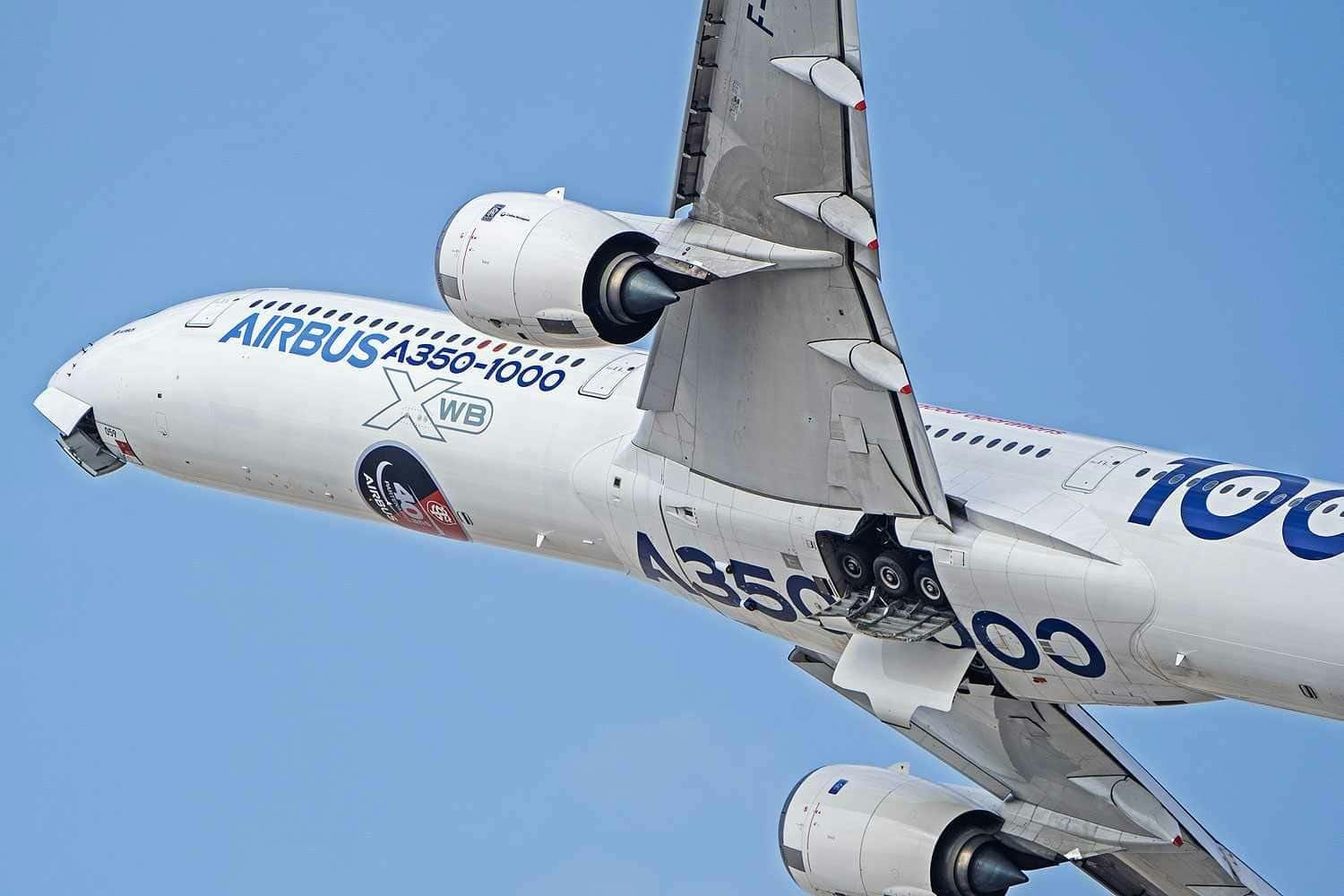
Airbus Receives New Order for A350-1000

The Leading Widebody Aircraft in Service Today
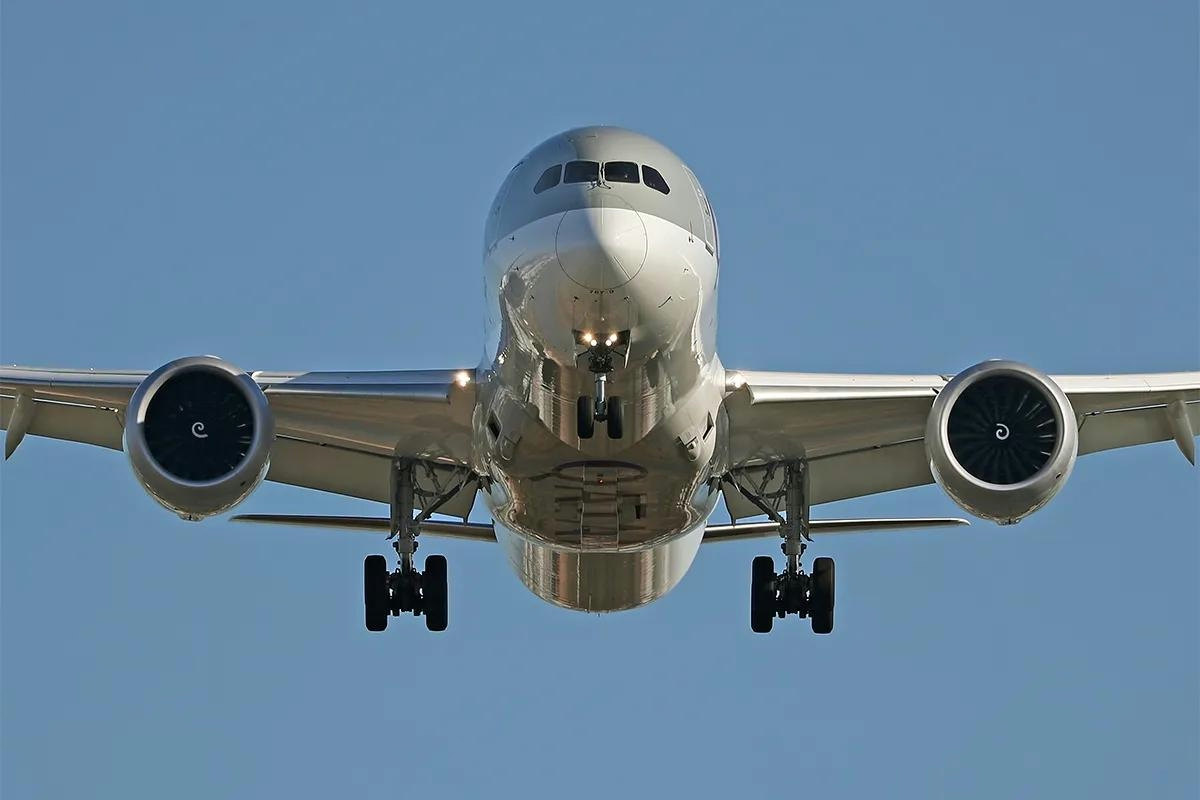
The Fastest Boeing Jet Currently in Service
